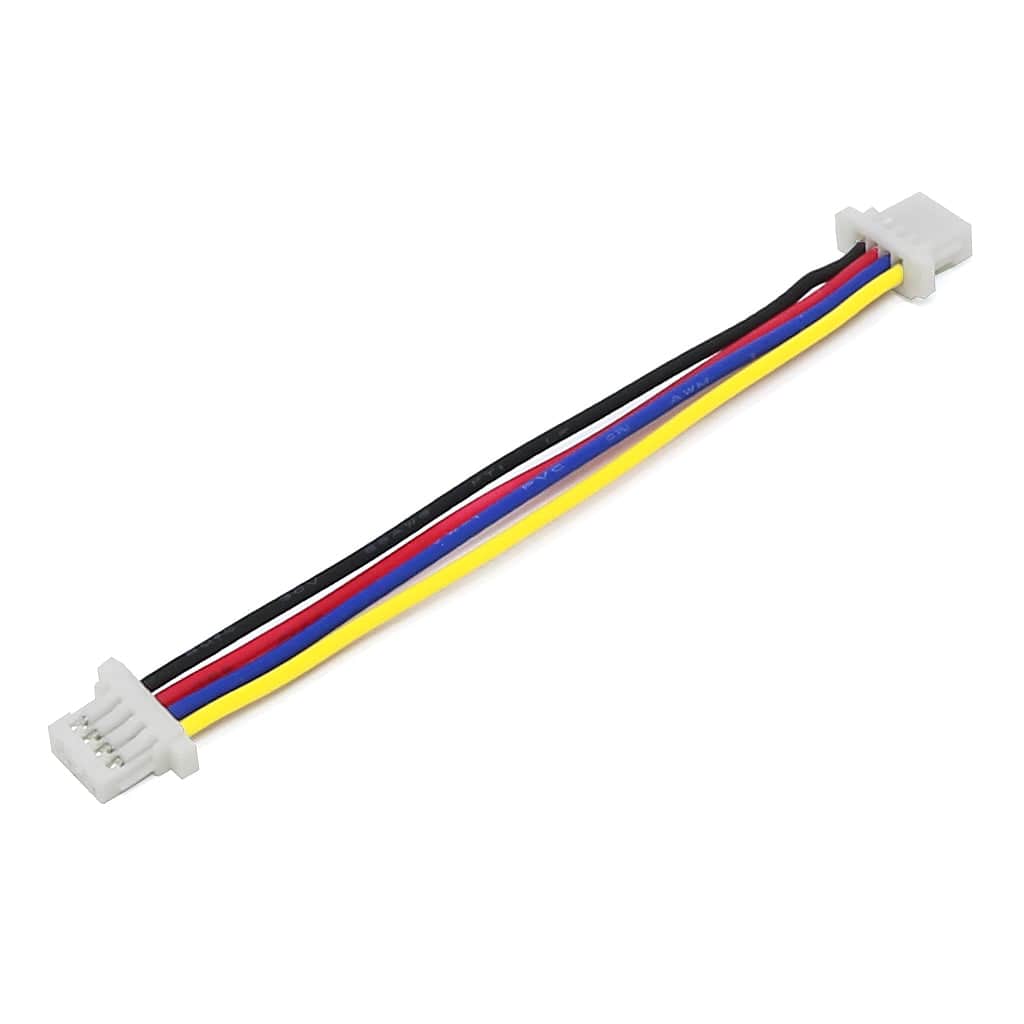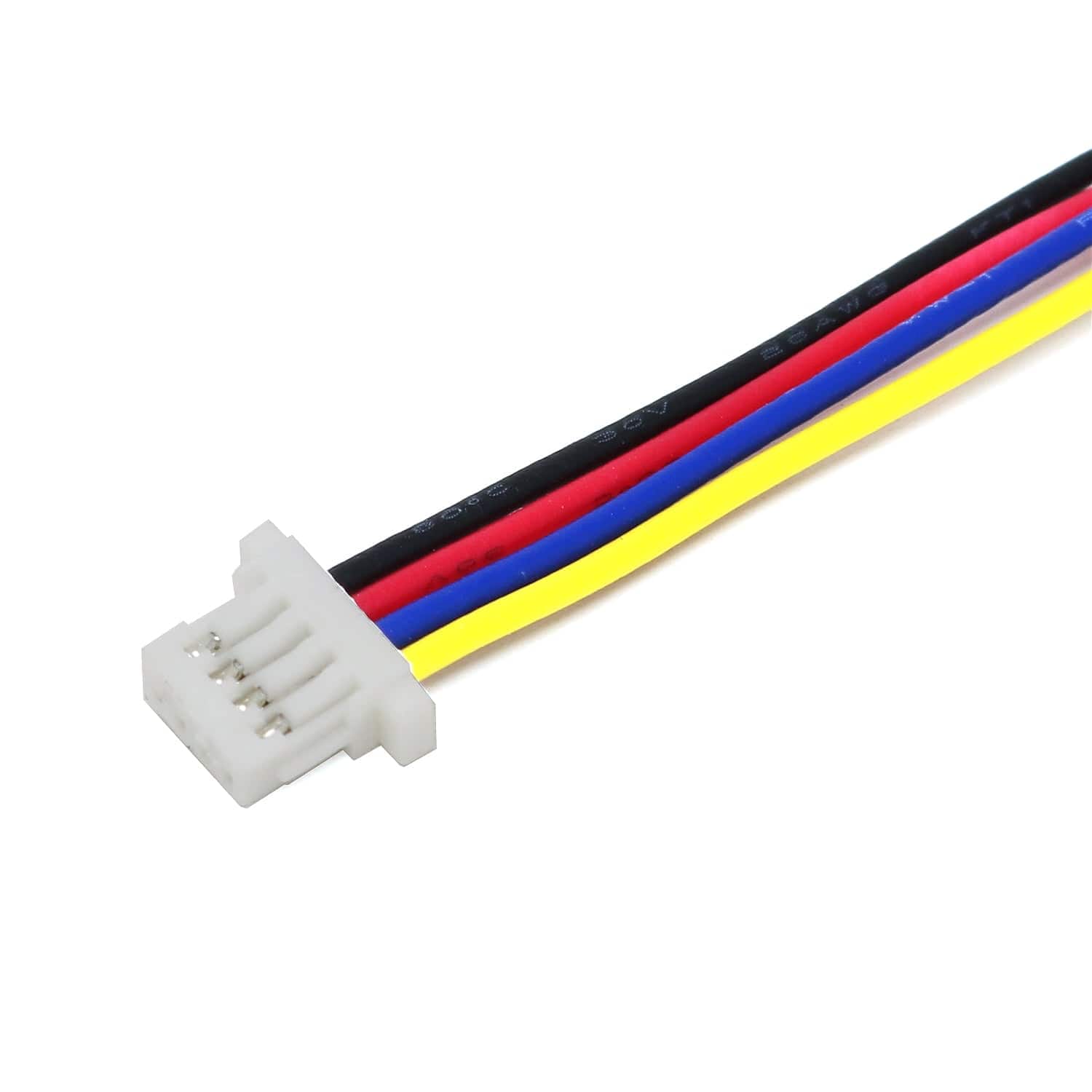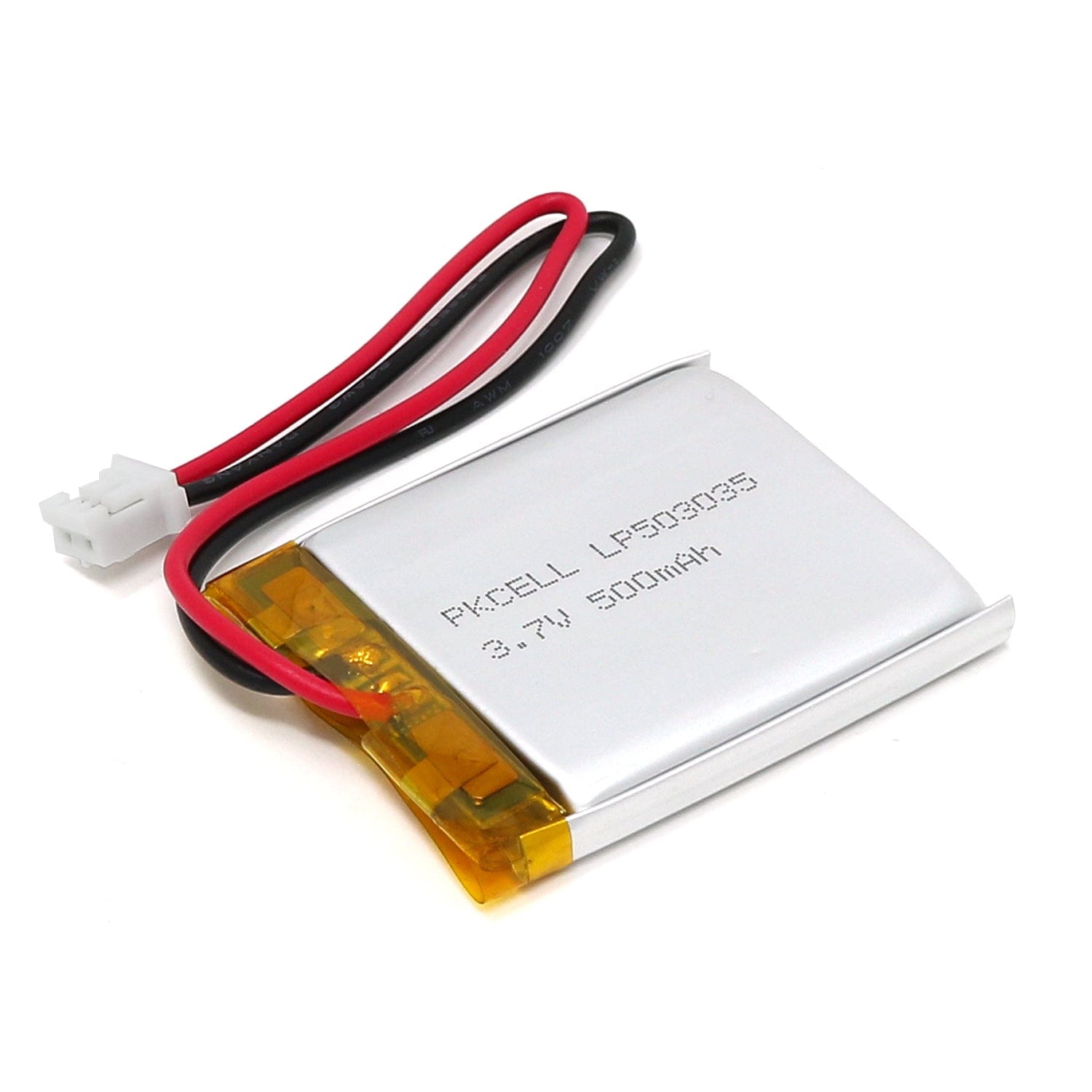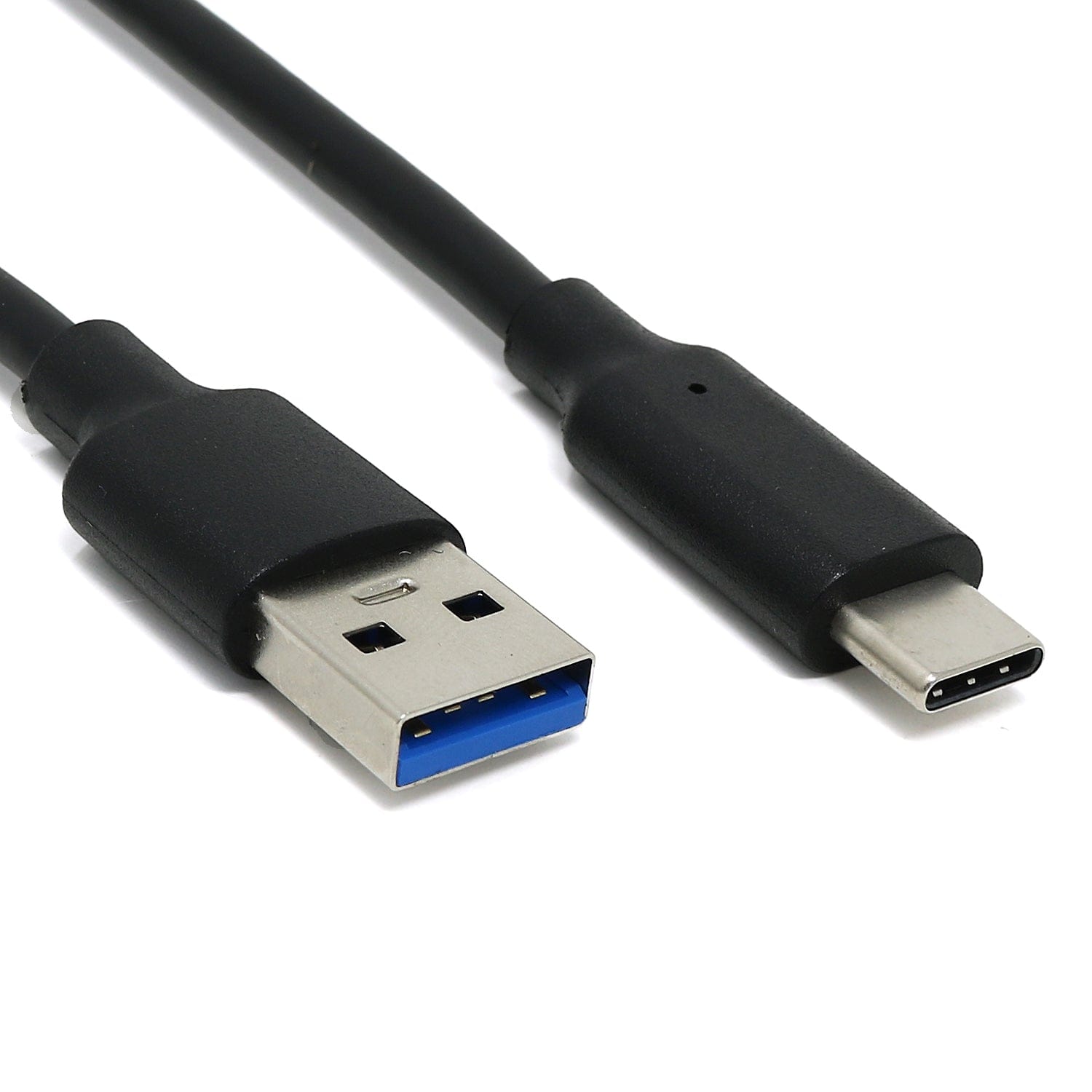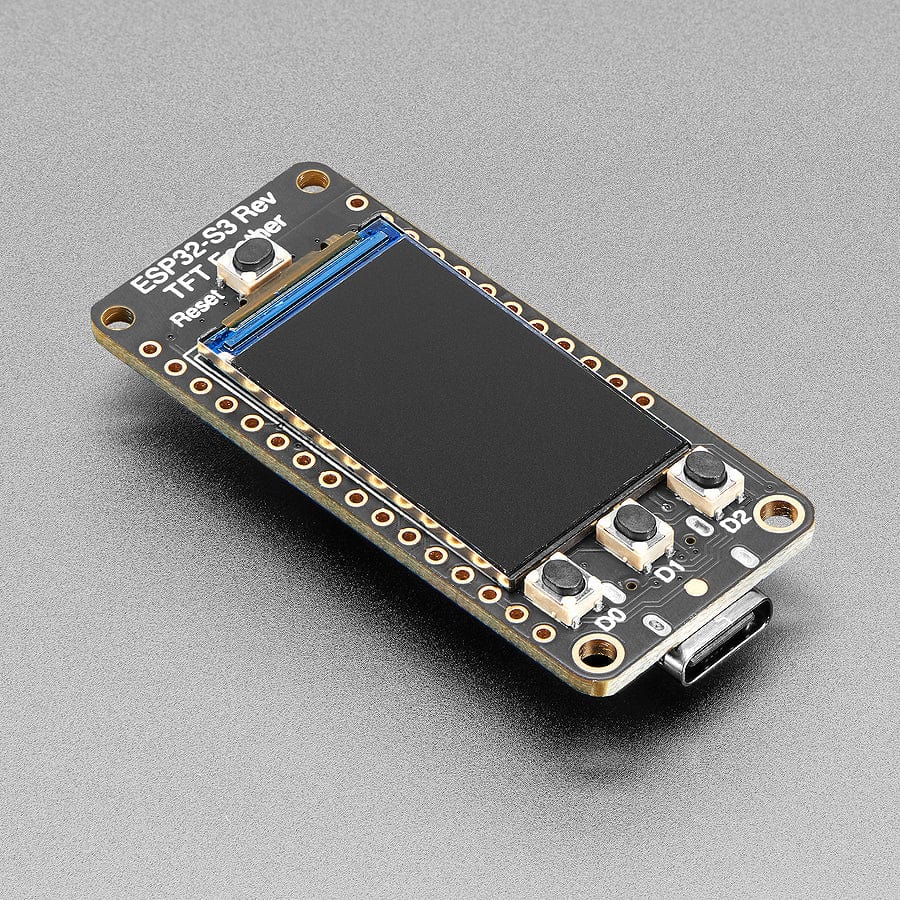
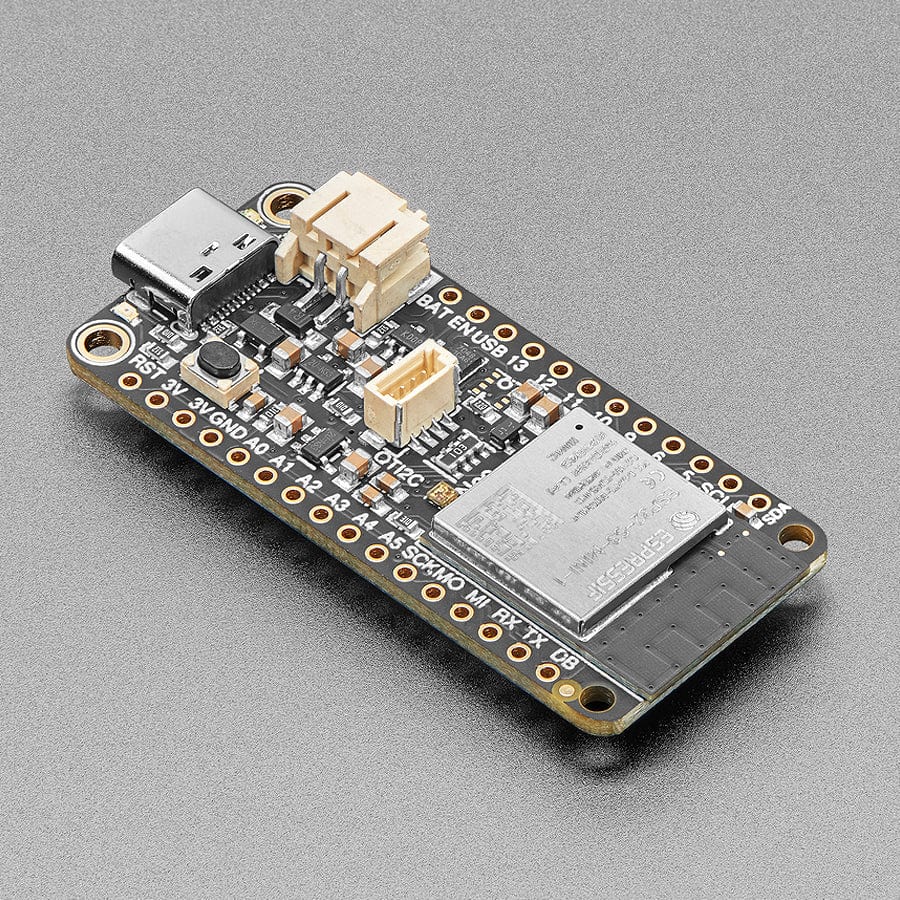
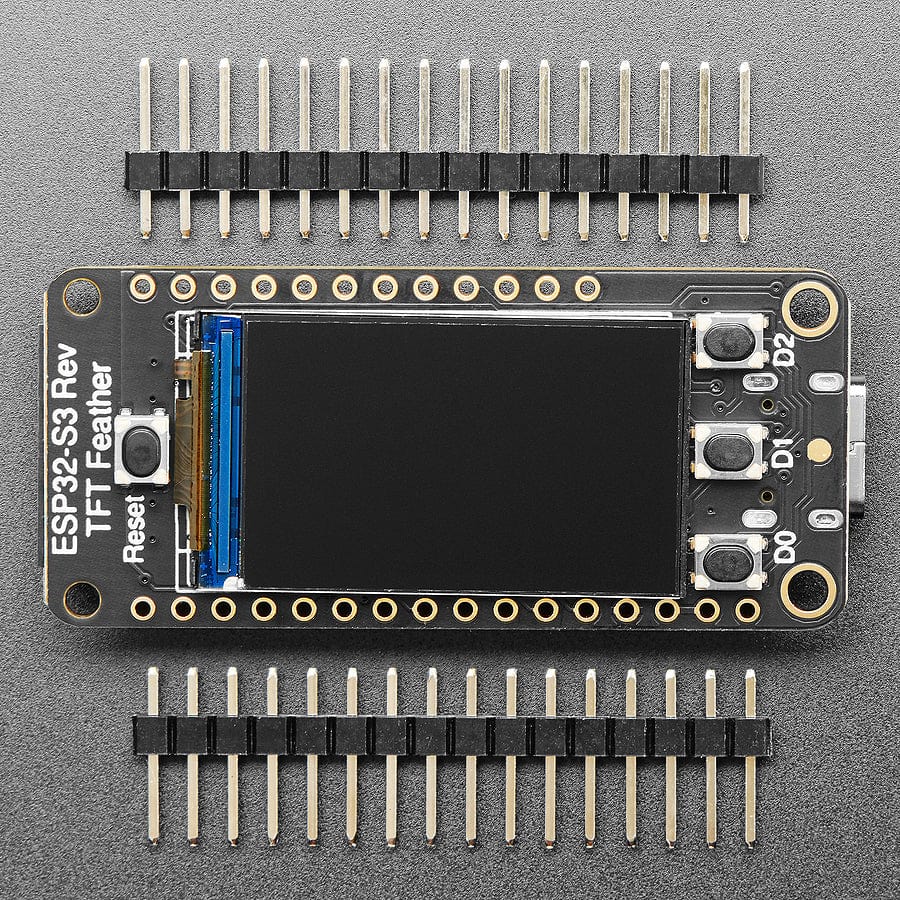
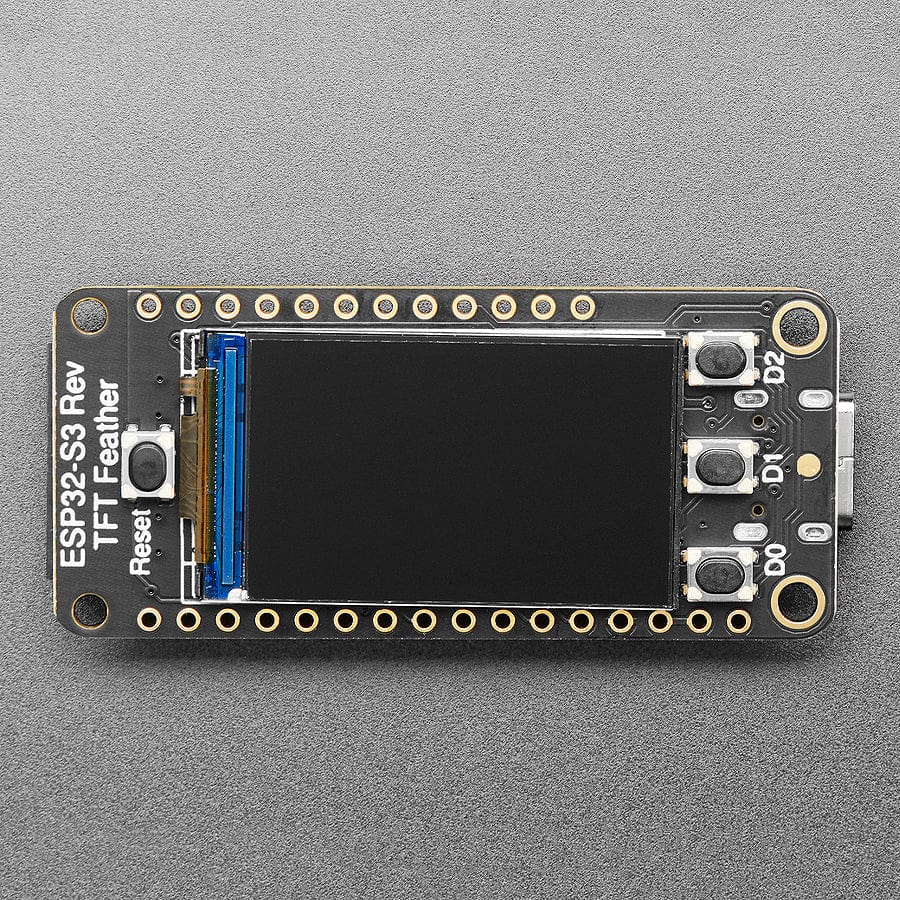
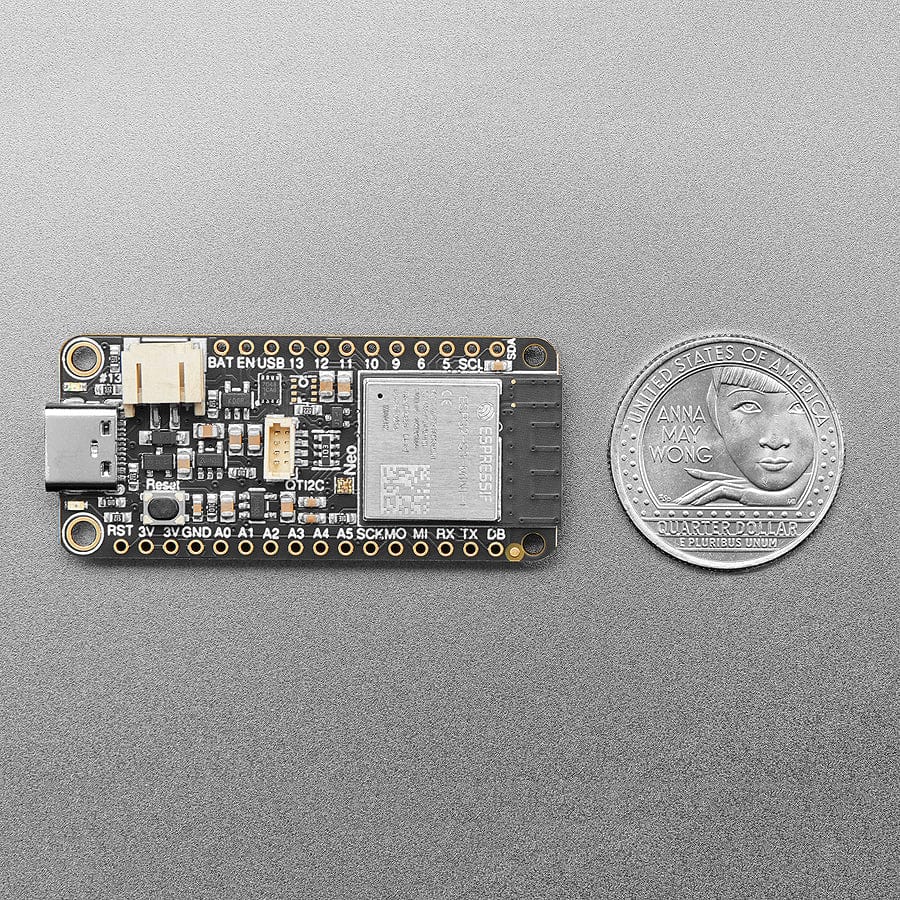
Login / Signup
Cart
Your cart is empty
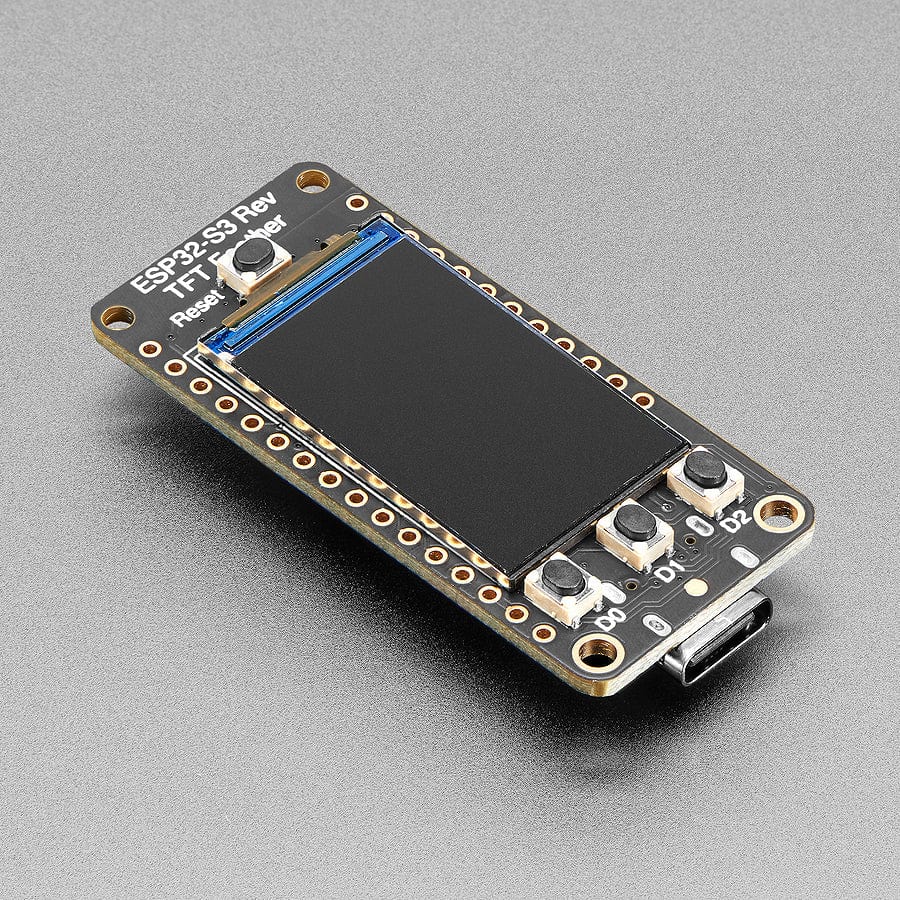
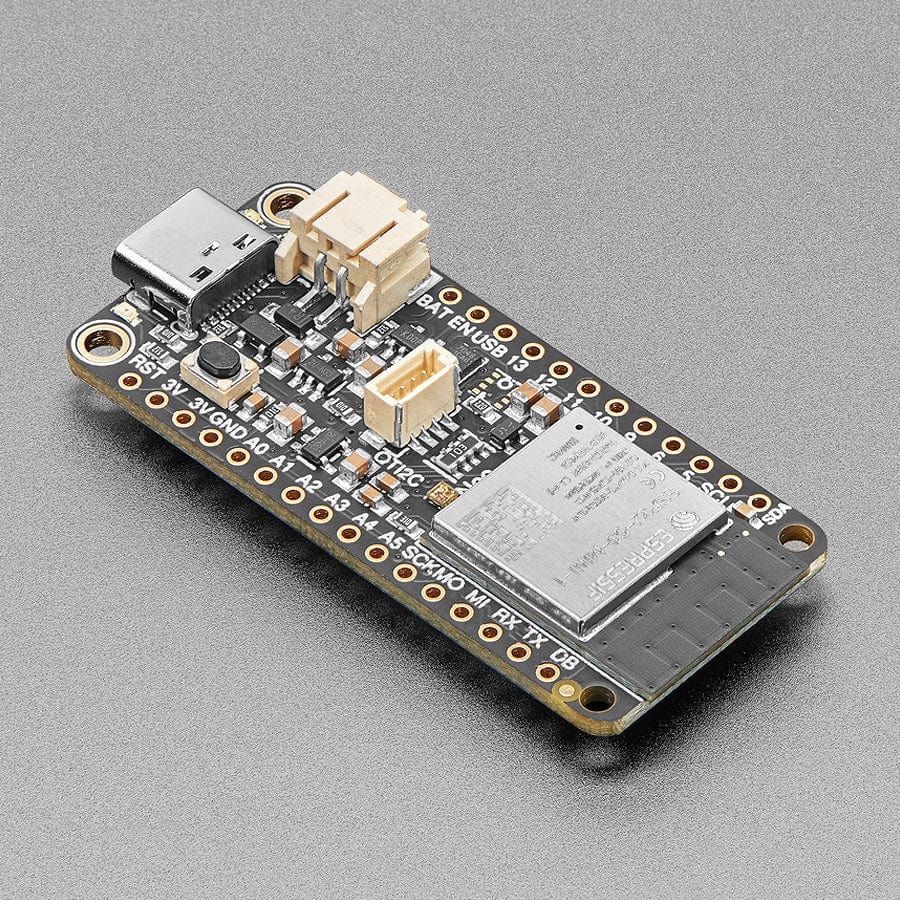
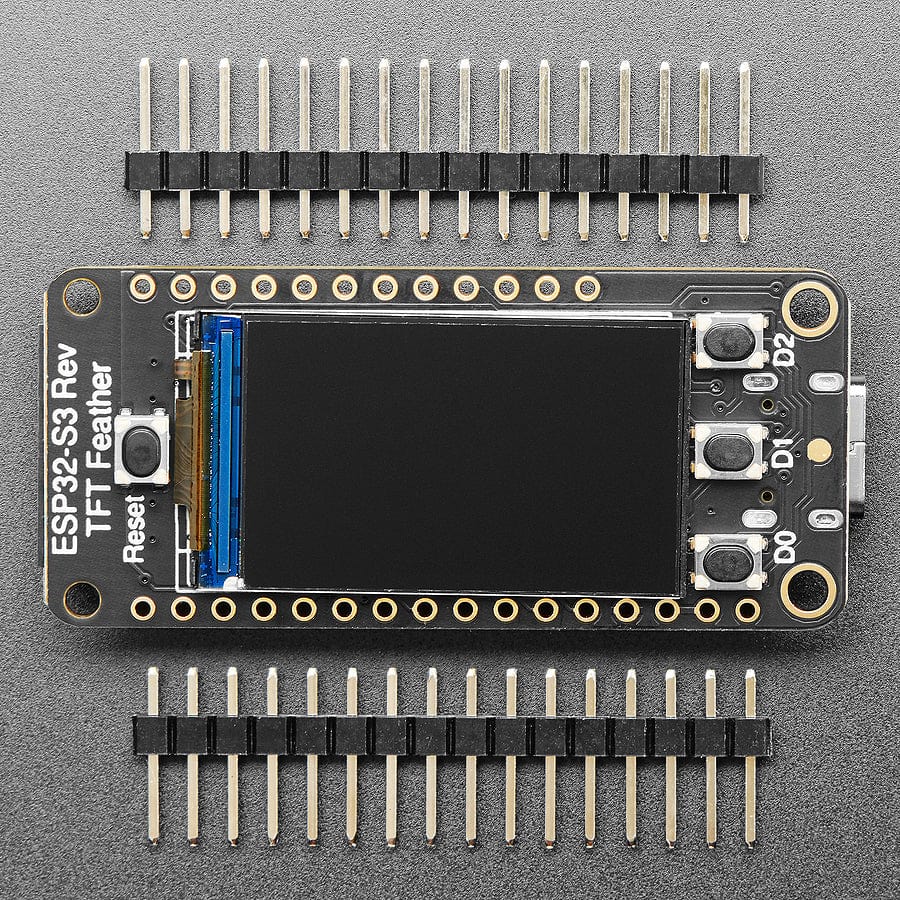
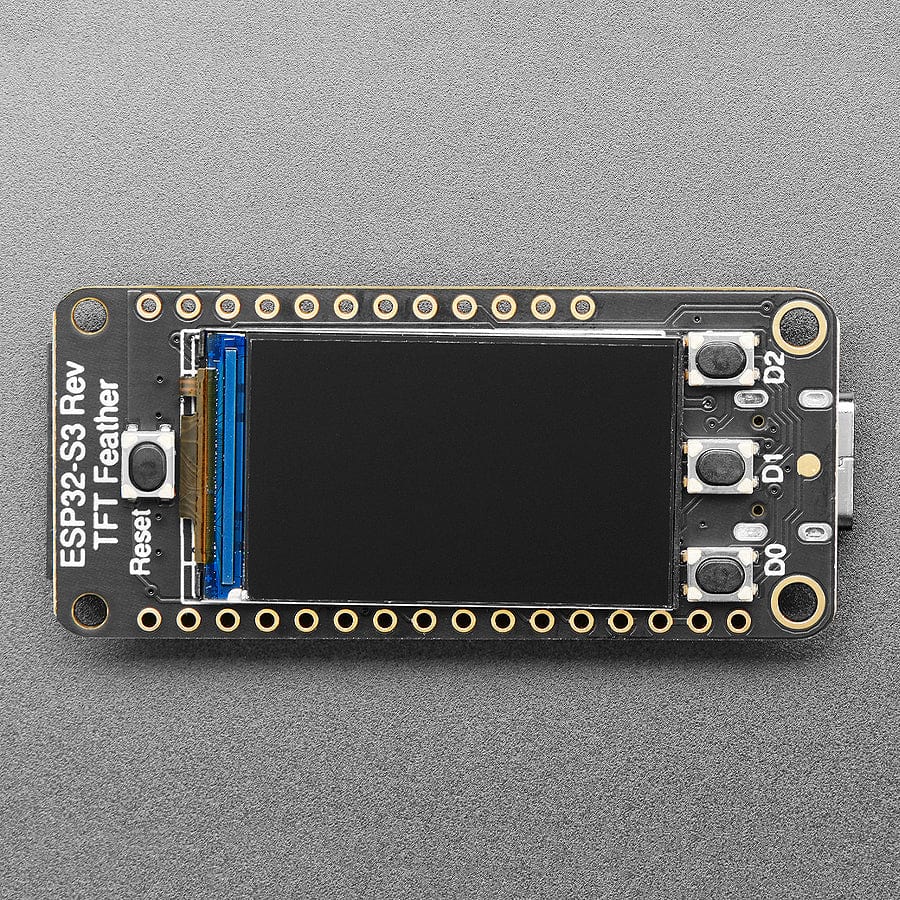
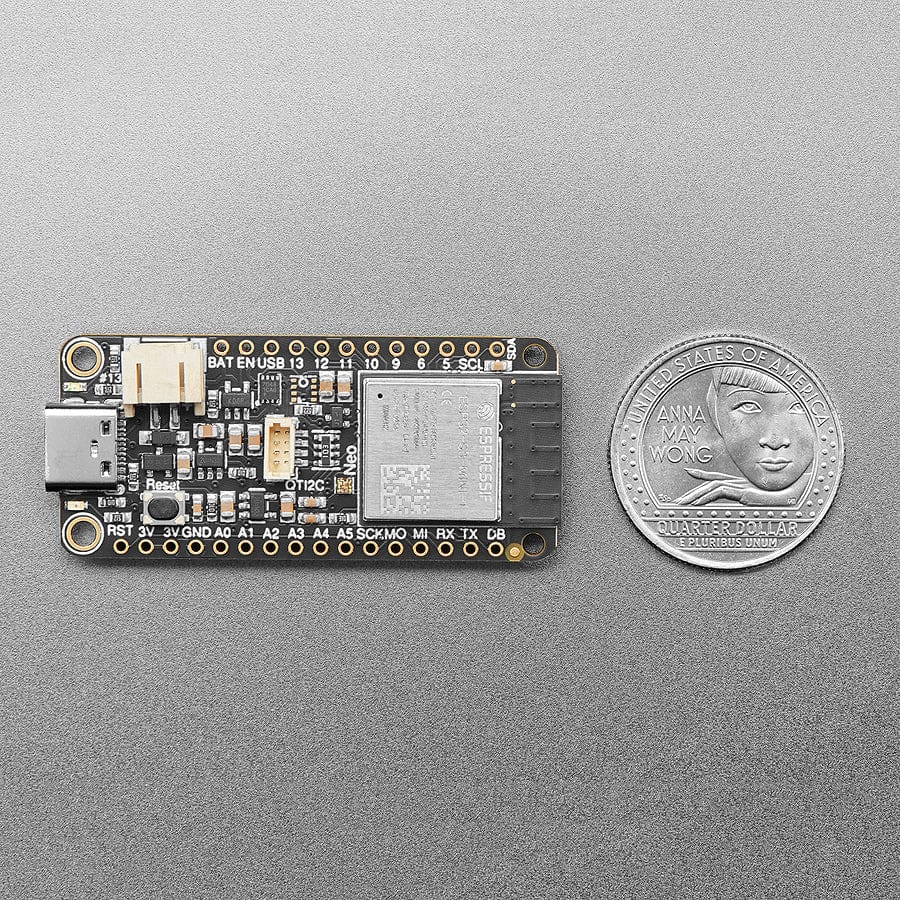
Like Missy Elliot, we like to "put our [Feather] down, flip it and reverse it" and that's exactly what we've done with this new development board. It's basically our ESP32-S3 TFT Feather but with the 240x135 colour TFT display on the back side, not the front side. That makes it great for panel-mounted projects, particularly since we've also got some space for 3 buttons to go along. It's like an all-in-one display interface dev board, powered by the fantastic ESP32-S3 WiFi module.
This Feather comes with native USB and 4 MB Flash + 2 MB of PSRAM, so it is perfect for use with CircuitPython or Arduino with low-cost WiFi. Native USB means it can act like a keyboard or a disk drive. WiFi means it's awesome for IoT projects. And Feather means it works with the large community of Feather Wings for expandability.
The ESP32-S3 is a highly-integrated, low-power, 2.4 GHz Wi-Fi/BLE System-on-Chip (SoC) solution that has built-in native USB as well as some other interesting new technologies like Time of Flight distance measurements and AI acceleration. With its state-of-the-art power and RF performance, this SoC is an ideal choice for a wide variety of application scenarios relating to the Internet of Things (IoT), wearable electronics, and smart homes.
The Feather ESP32-S3 has a dual-core 240 MHz chip, so it is comparable to ESP32's dual-core. However, there is no Bluetooth Classic support, only Bluetooth LE. This chip is a great step up from the earlier ESP32-S2! This ESP32-S3 mini-module we are using on the Feather comes with 4 MB flash and 2 MB PSRAM, as well as lots of 512KB of SRAM so it's perfect for use with CircuitPython support or any time massive buffers are needed: for fast memory access use SRAM, for slower-but-roomier access use PSRAM. It's also great for use in ESP-IDF or with Arduino support.
The colour TFT is connected to the SPI pins and uses additional pins for control that are not exposed to the breakout pads. It's the same display as you see here, with 240x135 pixels and is IPS so you get bright colours at any angle. The backlight is also connected to a separate pin so you can PWM the backlight up and down as desired.
For low power usage, the Feather has a second low-dropout 3.3V regulator. The regulator is controlled with a GPIO pin on the enable line and can shut off power to the Stemma QT port and TFT. There is also a separate power pin for the NeoPixel that can be used to disable it for even lower quiescent power. With everything off and in deep sleep mode, the TFT feather uses about 100uA of current.






